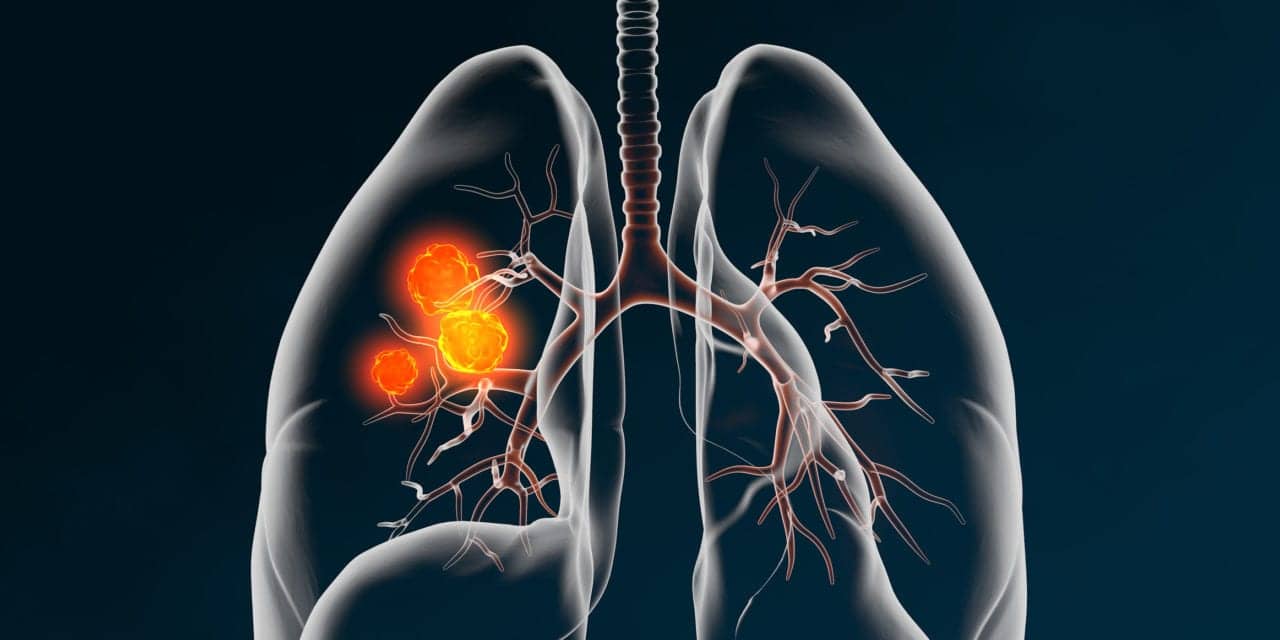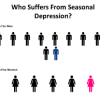- Empty cart.
- Continue Shopping
The Link Between Smoking and Lung Cancer in Men

Lung cancer is a devastating disease that claims millions of lives worldwide each year. While it can affect both men and women, there is a strong and well-established link between smoking and lung cancer, particularly in men.
The Alarming Statistics
The statistics surrounding lung cancer and smoking are sobering. Lung cancer is the leading cause of cancer-related deaths globally, and approximately 85% of lung cancer cases are attributed to smoking. The risk is significantly higher for men who smoke compared to nonsmokers, and the following statistics highlight the severity of the problem:
- Increased Risk: Men who smoke are 15-30 times more likely to develop lung cancer than nonsmokers.
- Mortality Rates: Lung cancer is the leading cause of cancer-related deaths in men worldwide, surpassing other common cancers such as prostate, colon, and liver cancer.
- Lower Survival Rates: Lung cancer is often diagnosed at an advanced stage in men who smoke, resulting in lower survival rates compared to those diagnosed at earlier stages.
The Mechanism: How Smoking Causes Lung Cancer
The link between smoking and lung cancer lies in the carcinogenic substances found in tobacco smoke. When men inhale smoke from cigarettes or other tobacco products, they expose their lungs to a harmful cocktail of chemicals, including:
1. Carcinogens: Tobacco smoke contains numerous carcinogens, which are substances that promote the development of cancer. The most notorious of these is tar, a sticky substance that coats the lungs and contains a variety of carcinogens.
2. Toxic Chemicals: Tobacco smoke also contains toxic chemicals like formaldehyde, arsenic, and benzene, which damage lung tissue and DNA, leading to the development of cancerous cells.
3. Free Radicals: Smoking generates free radicals, highly reactive molecules that can cause oxidative stress and damage to DNA, increasing the risk of mutations that lead to cancer.
4. Inflammation: Smoking triggers chronic inflammation in the lungs, which can promote the growth of cancer cells and inhibit the body’s ability to repair damaged DNA.
Types of Lung Cancer Associated with Smoking
Not all lung cancers are the same, and smoking is particularly associated with certain types:
1. Non-Small Cell Lung Cancer (NSCLC): NSCLC accounts for the majority of lung cancer cases in both men and women. Smoking is the leading cause of NSCLC, which includes subtypes like adenocarcinoma, squamous cell carcinoma, and large cell carcinoma.
2. Small Cell Lung Cancer (SCLC): SCLC is a highly aggressive form of lung cancer, and nearly all cases are linked to smoking. It tends to grow and spread rapidly, making it challenging to treat.
The Importance of Smoking Cessation
The link between smoking and lung cancer is not a life sentence. Quitting smoking can significantly reduce the risk of developing lung cancer and improve overall health. Here’s how:
1. Risk Reduction: The risk of lung cancer decreases significantly after quitting smoking, and over time, former smokers’ risk approaches that of nonsmokers.
2. Health Benefits: Smoking cessation brings numerous immediate and long-term health benefits, including improved lung function, reduced risk of heart disease, and a lower likelihood of developing other smoking-related cancers.
3. Early Detection: If you quit smoking, you are more likely to seek medical attention and participate in lung cancer screening programs if needed. Early detection can lead to more effective treatment.
4. Quality of Life: Quitting smoking can improve your overall quality of life by reducing the risk of lung cancer, other health problems, and improving overall well-being.
The Role of Prevention and Awareness
Preventing lung cancer in men involves a combination of individual actions and broader societal efforts:
1. Education: Raising awareness about the dangers of smoking and the link to lung cancer is crucial. Public health campaigns can inform individuals about the risks and encourage smoking cessation.
2. Support and Resources: Providing resources and support for those looking to quit smoking is essential. Smoking cessation programs, medications, and counseling can all play a role in helping men quit smoking successfully.
3. Policy Initiatives: Implementing and enforcing policies like higher tobacco taxes, smoke-free public spaces, and graphic warning labels on cigarette packages can deter smoking and reduce lung cancer rates.
In Conclusion, The link between smoking and lung cancer in men is undeniable and deeply concerning. Smoking remains the leading cause of preventable deaths worldwide, and lung cancer is a tragic consequence of this addictive habit. It’s essential for individuals, healthcare providers, and society as a whole to prioritize efforts to prevent smoking initiation and promote smoking cessation. Quitting smoking is the most effective way for men to reduce their risk of developing lung cancer and improve their overall health and well-being.








